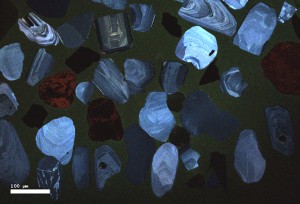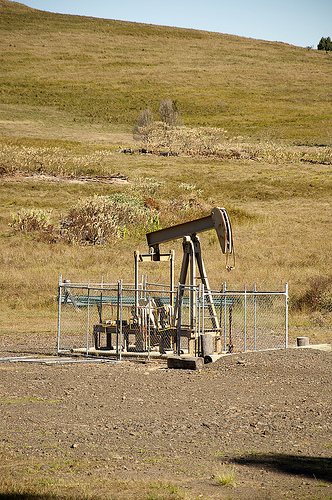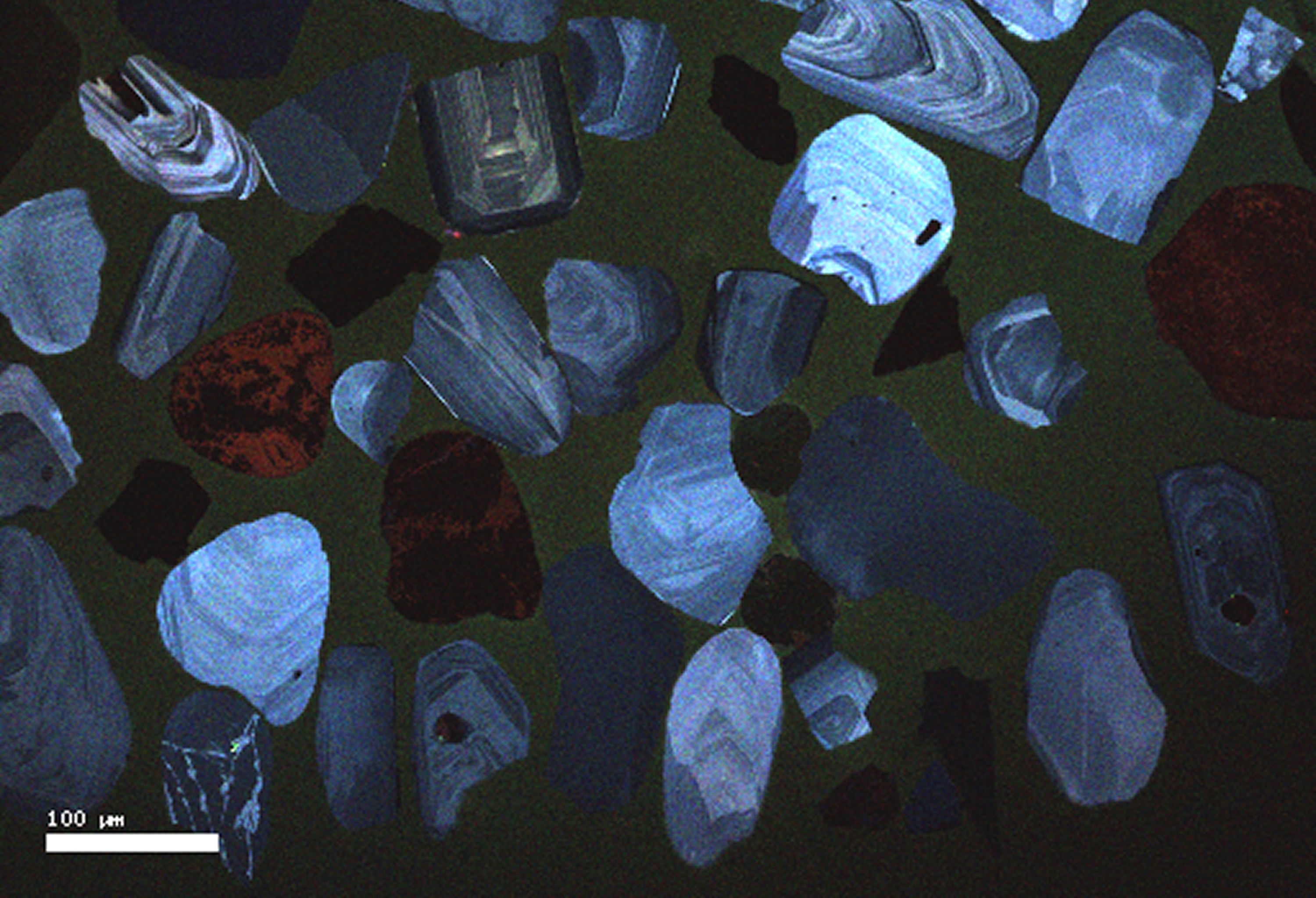
Uranium-lead dating of sand grains called zircons – shown in this cathodoluminescence image – from Alberta’s oils sands show that many of the grains more closely match rocks found in the Appalachian Mountains further east. (Credit: Riley Brandt, University of Calgary).
Researchers showed that most of the actual sand at the Athabasca oil sands in Alberta is originally from the east.
By analysing trace amounts of uranium and lead in individual sand grains called zircons, researchers showed that most of the sediment was originally eroded from faraway places, such as the Appalachian mountains. This improved understanding of how the oil sands formed could help oil companies develop more efficient and less environmentally damaging extraction techniques.
Original research paper published in the Journal of Sedimentary Research on March 6, 2014.
Names and affiliations of selected authors
Christine Benyon, University of Calgary
Andrew L. Leier, University of Calgary


